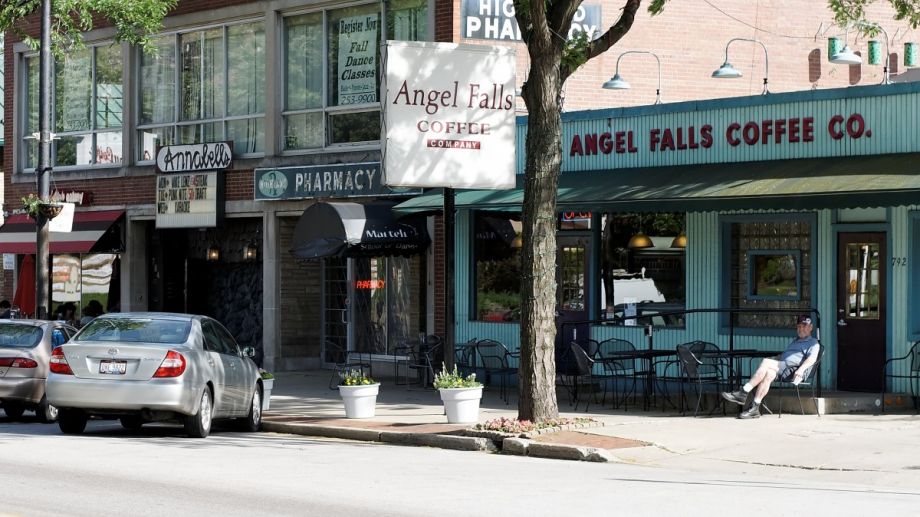Akron, Ohio, will not be the subject of your think-piece on midwestern Rust Belt decline, thank you very much. “A shrinking cities model of mothballing infrastructure and relocating residents will not serve us well,” the city’s planning and development director Jason Segedy writes in a new report called “Planning to Grow Akron.”
The plan, released Tuesday, is designed to grow the city’s tax base by boosting market-rate housing to attract middle- to high-income residents. One of its end goals: to boost Akron’s population from 198,000 to 250,000 by 2050.
According to Cleveland.com, “City officials hope to raise property values, draw more students to the University of Akron and and diffuse the cost of public improvements by spreading them out across a larger residential base.” Officials laid out a variety of strategies to accomplish this growth, including:
- Recommending citywide property tax abatement to spur development of new housing construction and housing rehabilitation.
- Developing neighborhood-based plans to create nodes of activity and increased walkability.
- Promoting downtown housing as an alternative to vacant office space.
- Increasing the utilization of the Summit County Land Bank for acquisition of property, demolition and land-banking in targeted areas.
- Modernizing the zoning code to adopt form-based zoning to reduce impediments for worthwhile projects and encourage mixed-use development.
- Expediting the permitting process and fostering relationships with developers, homebuilders and lenders.
- Increasing the identification and marketing of historic areas and community assets to spur economic development.
In 2008, a Brookings Institution paper pointed to Akron as a model of “how cities could recover from the decline of their city’s primary economic engine.” But in 2016, things didn’t look so bright for the Ohio city — and another report showed struggles with employment, housing and the economic life of downtown. That 2016 assessment was “more warning signal than death knell,” Next City’s Kelsey Thomas wrote at the time, pointing to a number of promising initiatives and programs, like the Towpath Trail integration effort. The new report reaffirms the city’s commitment to growth.
“Instead of putting precious time, energy, and money into shrinking, let’s build on our neighborhood assets, and figure out how to grow again,” Segedy writes.

Rachel Dovey is an award-winning freelance writer and former USC Annenberg fellow living at the northern tip of California’s Bay Area. She writes about infrastructure, water and climate change and has been published by Bust, Wired, Paste, SF Weekly, the East Bay Express and the North Bay Bohemian
Follow Rachel .(JavaScript must be enabled to view this email address)









